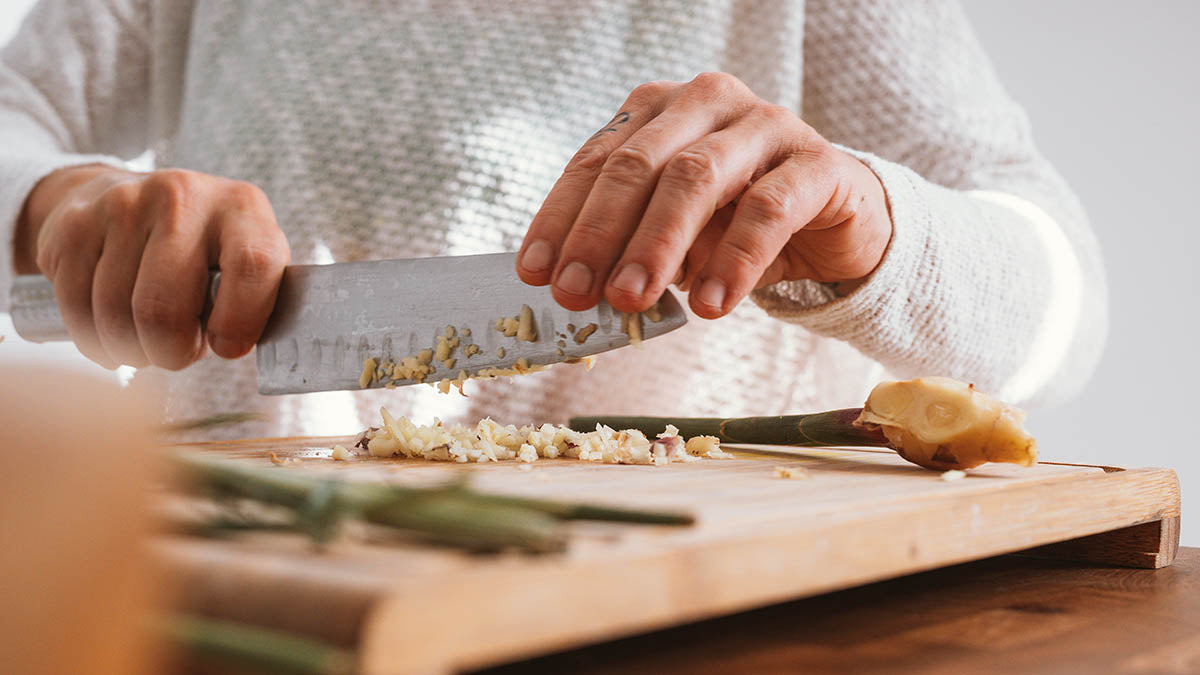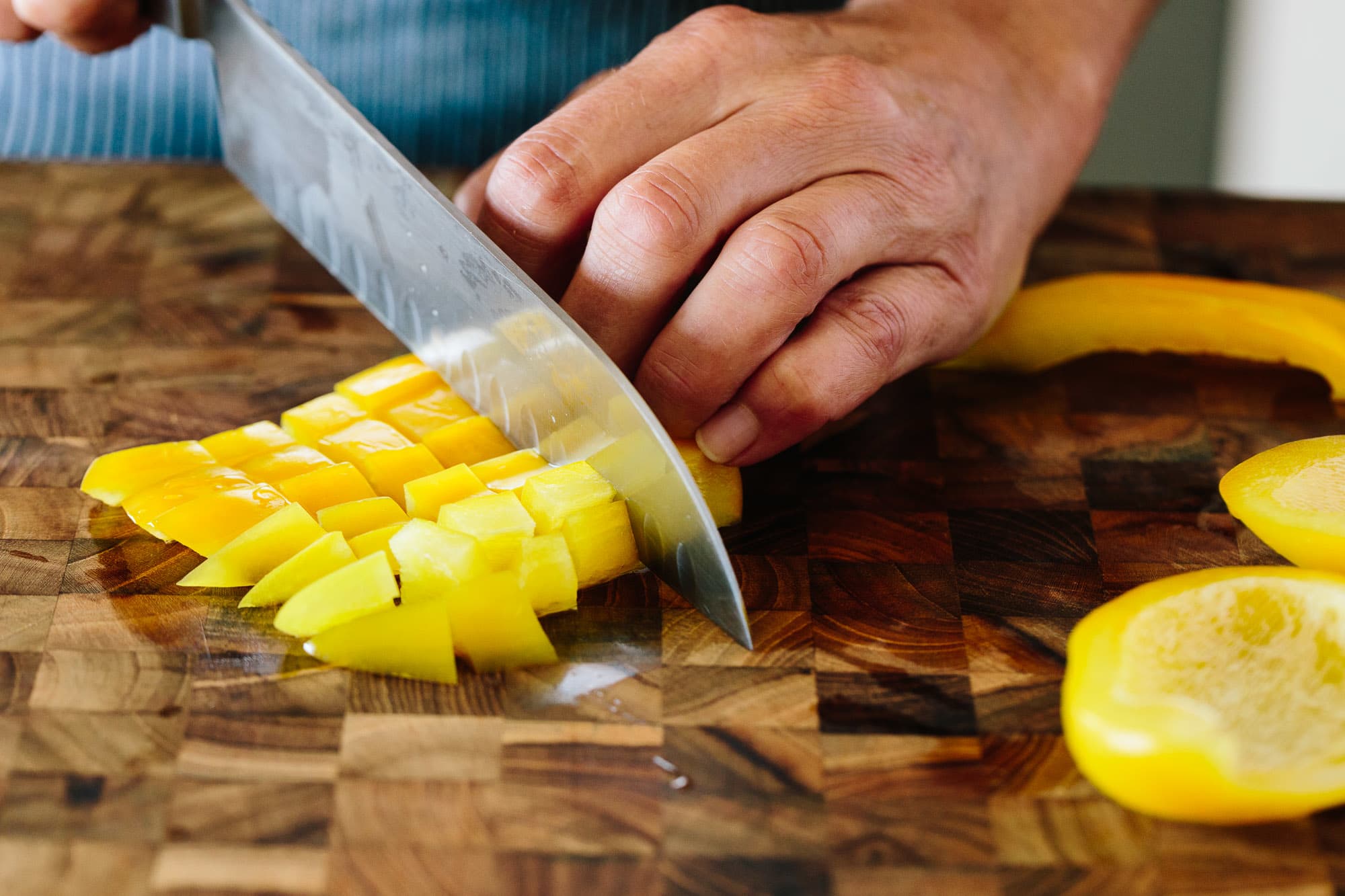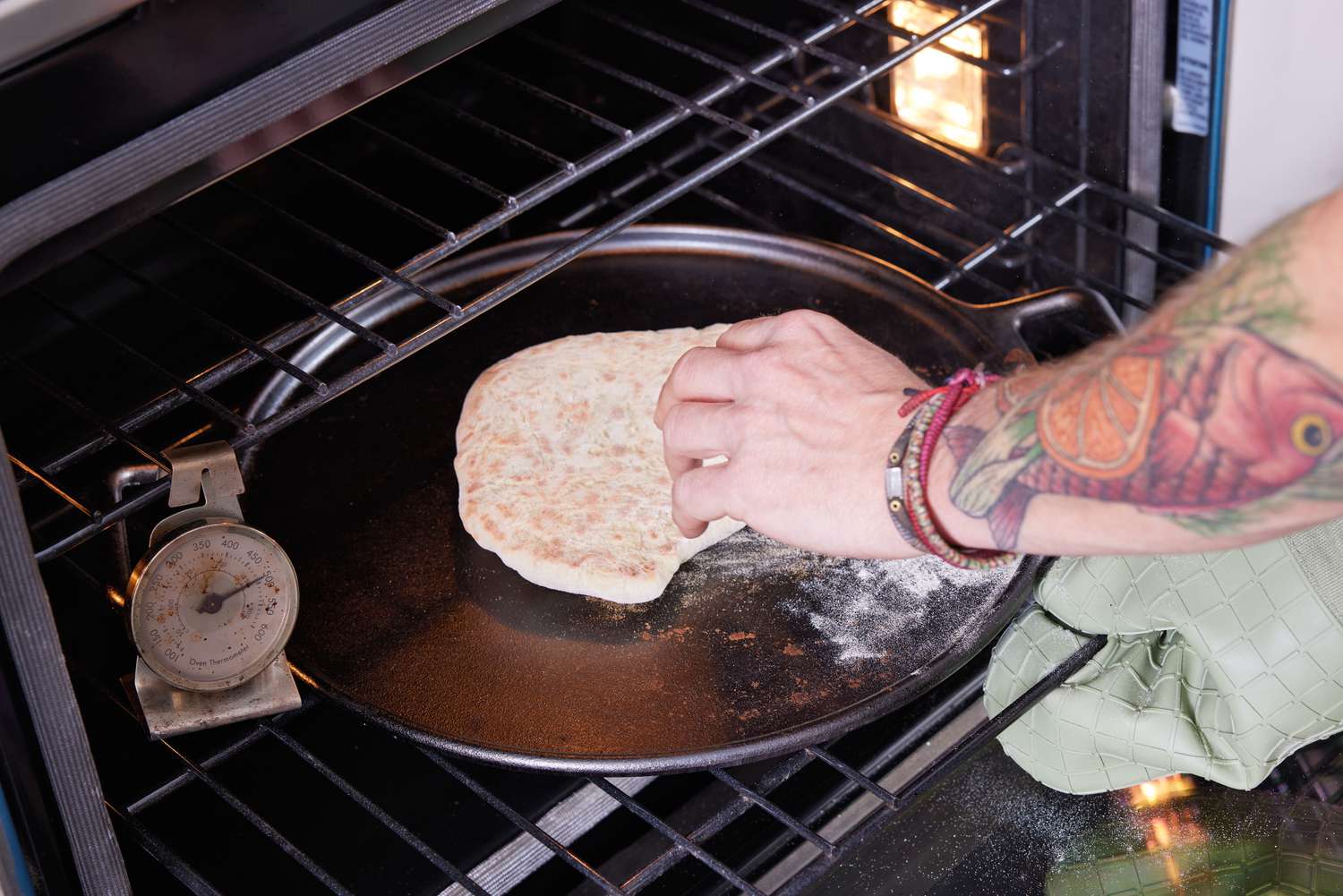Creating your own 3D cutting board is not just a fun woodworking projectits a life-changing addition to your culinary workspace! Exceptional craftsmanship of a 3D cutting board transforms a simple kitchen item into a functional piece of art. But how do you create one? Lets dive into a step-by-step process to craft an exclusive, stunning, and practical cutting board that makes every kitchen professional delighted.
If you've ever wondered about how to make 3D cutting boards, this is your moment. A tailored 3D assembly of wood blocks not only upgrades kitchen aesthetics but also enhances your workflows effectiveness. Whether youre a passionate chef or a woodworker itching to take on a fun project, this guide is your blueprint to crafting your very own remarkable creation.

What Makes a 3D Cutting Board So Remarkable?
Unlike traditional 2D wooden cutting boards, a 3D cutting board delights the eyes with its optical illusions and geometric patterns. This design is more than just a visual enhancementit showcases tremendous artistry while offering durability, strength, and functionality in your daily kitchen grind.
Additionally, the patterns created by alternating wood grain not only enhance the boards beauty but also reduce knife marks. This means your kitchen tool will last longer and require less maintenance.
Step 1: Materials Youll Need
- Wood: Opt for hardwoods like maple, walnut, or cherry. They offer strength, durability, and a polished finish ideal for kitchen use.
- Wood glue: Use food-grade, water-resistant wood glue to ensure safety and longevity.
- Clamps: High-quality clamps hold your materials securely while drying.
- Sanding tools: Use a belt sander and fine-grit sandpaper to smooth out imperfections.
- Mineral oil or wax: Critical for sealing the finished cutting board. Check out this article on how to use mineral oil for guide details.
Safety first! Always wear safety glasses and gloves when cutting and sanding wood. Professional tools can significantly amplify precision, so ensure your toolkit is well-equipped.
Step 2: Selecting the Right Woods for Design
The magic of a 3D cutting board lies in its contrasting wood colors. Choose complementary woods to create prominent patterns. As highlighted in this cutting board color guide, combining darker tones like walnut with lighter ones like maple can yield dramatic results.

Frequently Asked Questions
- How durable are 3D cutting boards? Properly crafted and maintained 3D cutting boards are highly durable and long-lasting.
- Are 3D cutting boards safe for kitchen use? Absolutely! Food-safe glue combined with natural finishes ensures they are safe for everyday use.
- How do I maintain my 3D cutting board? Regularly clean and treat with oil; heres an easy guide on cleaning wooden boards.
This article contains affiliate links. We may earn a commission at no extra cost to you.






Leave a comment
This site is protected by hCaptcha and the hCaptcha Privacy Policy and Terms of Service apply.